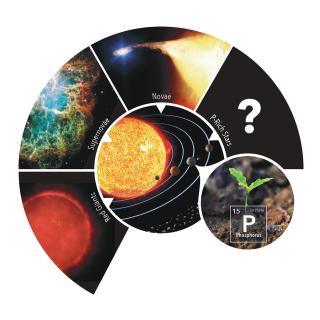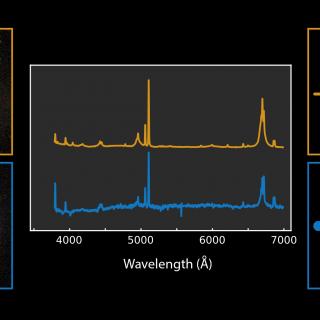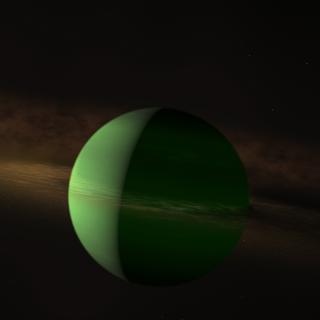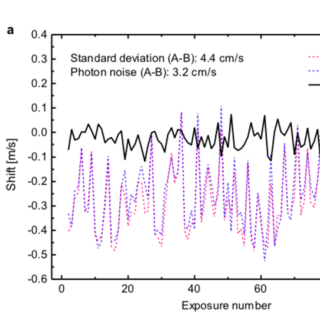
All chemical elements in the Universe (except for H and most of the He) have been made in stellar interiors. But among those elements, the ones that allowed to build life such as we find on Earth are of particular interest (carbon, nitrogen, oxygen, sulphur and phosphorus). However, the stellar origin of phosphorus (P) is still unknown as none of the current models of Galactic chemical evolution can explain all the phosphorus we observe in the Galaxy and notably in our Solar System, highlighting a still lacking phosphorus source. In this work we report the discovery of stars very rich in
Advertised on




